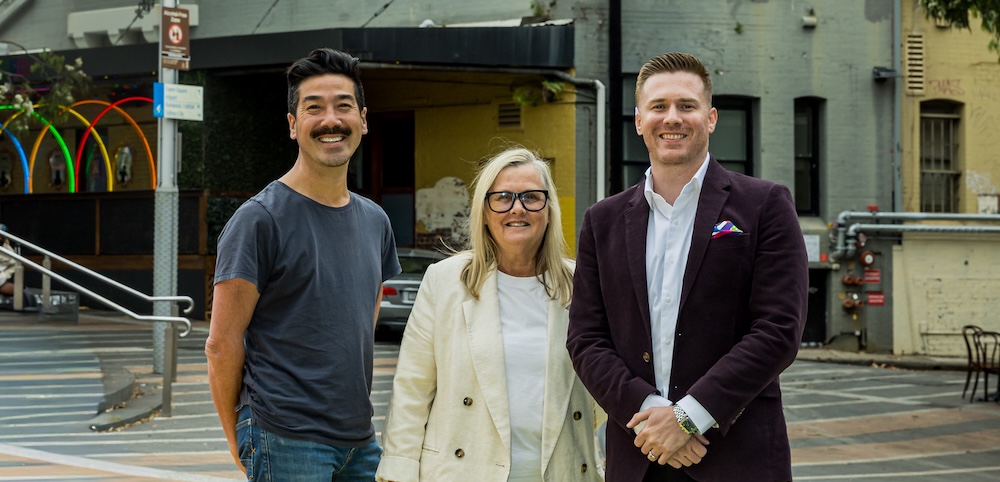
Challenge of modernity
Did Paul Keating’s recent tirade against modern architecture as reported extensively in the mainstream media catch your attention?
Chances are that you too consider most modern buildings to be ugly and wonder why we seem to no longer design or construct landmark buildings that contribute positively to our cities. But do we really have a problem, or is it all a matter of perception?
The problem with bad design is that it stands out. Though there are valuable and necessary exceptions, good architecture is often less likely to be noticed.
A really ugly building is sure to be commented on because of the negative impact it has on the streetscape, whereas a well-designed building is more likely to fit in and will quickly become accepted as part of our surroundings. This is one of the main reasons that modern architecture is perceived to be of lesser quality than architecture of the past.
There certainly is some merit in Keating’s criticism of mass-built apartment buildings. These are not built, as some commentators have asserted, with the primary aim of enabling the not-so-wealthy to enter the property market.
The main concern of developer-driven apartment projects is invariably to cut corners in order to increase profit margins. At its worst the emphasis is on mass production and the reduction of all elements to the lowest quality possible within the constraints of the Building Code of Australia in order to minimise expenditure and maximise profit.
Low ceilings, thin dividing walls, as well as total disregard of passive solar design principles, are just a few disturbing hallmarks of this type of development.
However, the solution is not to look to the past. There have always been low-price, poor quality apartments and they weren’t any nicer to live in despite possessing art-deco or Victorian features.
It’s important to recognise that there is a big difference between shonky modern apartment development and high quality architectural design which, contrary to popular belief, does still exist.
What is making the latter an endangered species these days is the massive emphasis in modern business on profit over quality. Designers are being placed under ever-increasing pressure to create impossibly cheap buildings that are still able to meet the needs of the users.
This, combined with inflexibility in planning and development controls, especially here in Sydney, is resulting in more and more uninspiring and mundane buildings.
Sydney policy-makers and councils could benefit from looking south to Melbourne, or north to Europe, for examples of how to facilitate the design and development of truly innovative and future-shaping projects that will allow our city to be truly world class.









